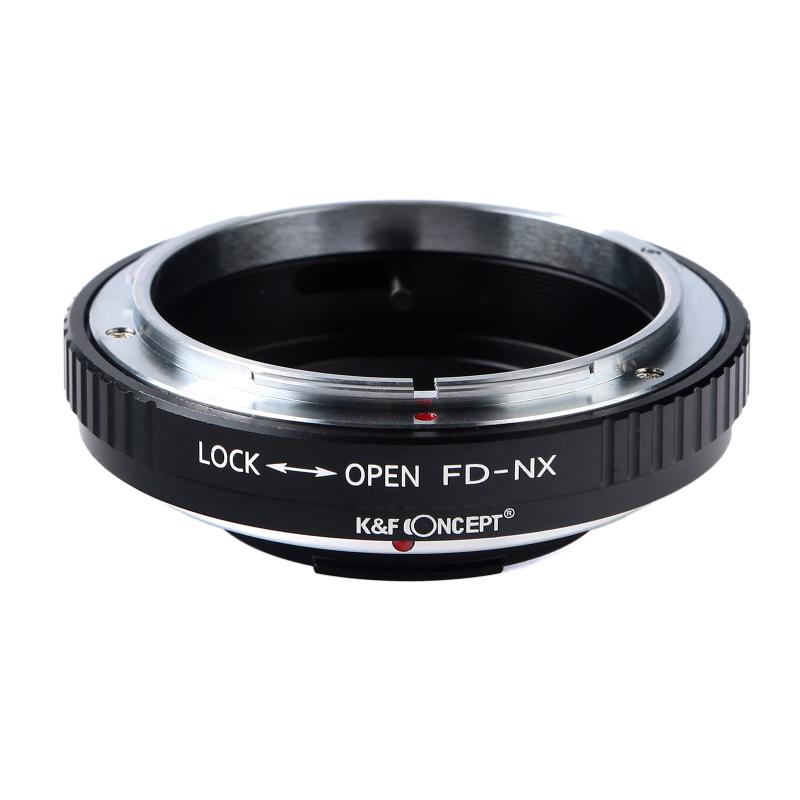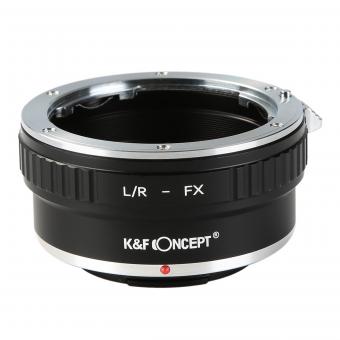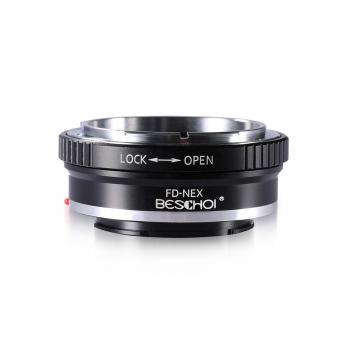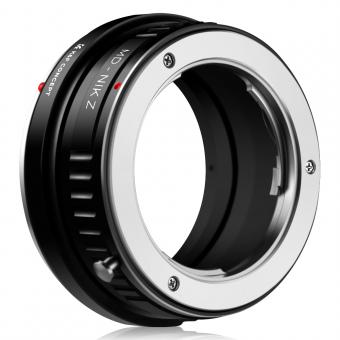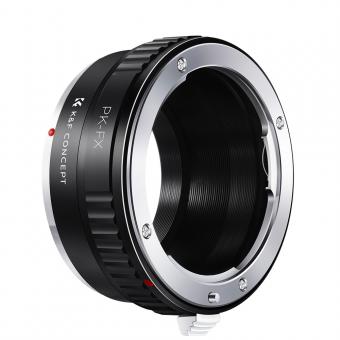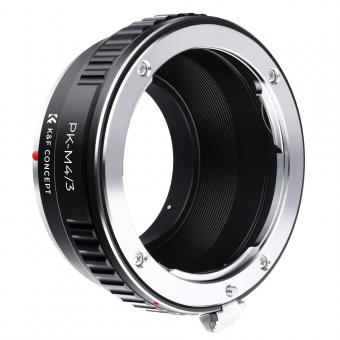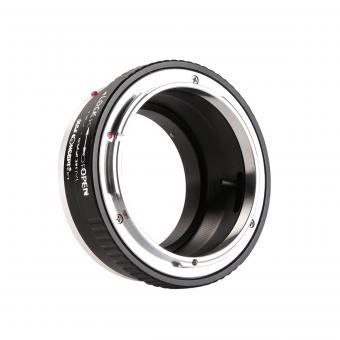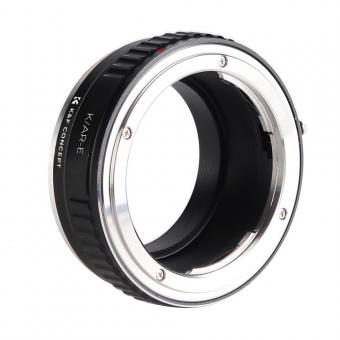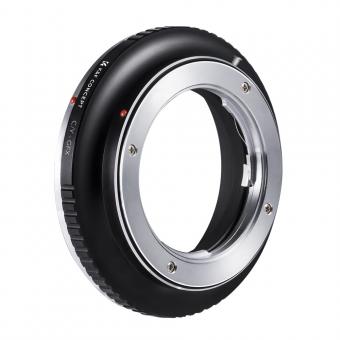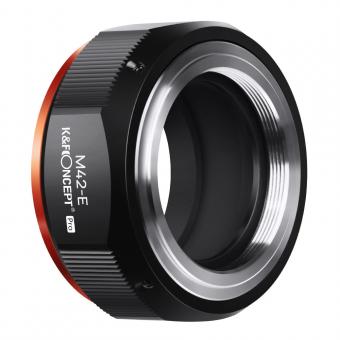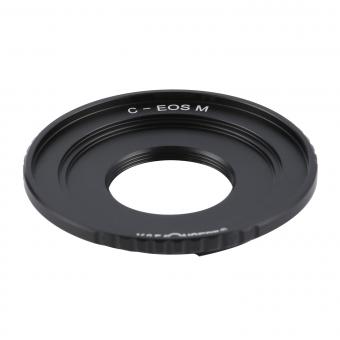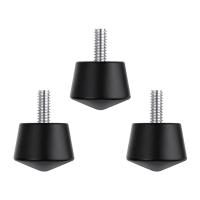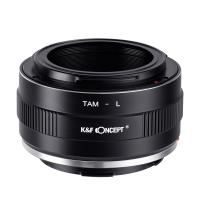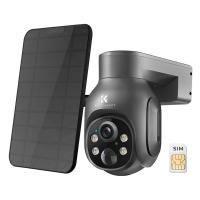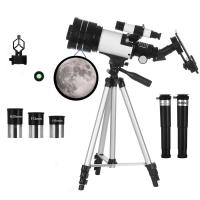What Is A C Mount Lens ?
A C-mount lens is a type of lens mount commonly used in the field of photography and videography. It was initially developed for 16mm film cameras but has since been adapted for use in various digital cameras and CCTV systems. The "C" in C-mount stands for "cine," indicating its origins in the film industry.
C-mount lenses have a flange focal distance of 17.526mm, which refers to the distance between the lens mount and the image sensor or film plane. This standardized distance allows C-mount lenses to be easily interchanged between different camera systems, as long as the camera has a compatible C-mount adapter.
C-mount lenses are known for their compact size and versatility. They are typically used in applications that require manual focus and aperture control, such as filmmaking, surveillance, and machine vision. C-mount lenses can be found in a wide range of focal lengths and aperture sizes, offering flexibility in capturing different types of images and achieving various depth-of-field effects.
1、 Definition and Overview of C Mount Lens
A C mount lens is a type of lens that is commonly used in the field of photography and videography. It is named after the C-shaped mount that is used to attach the lens to the camera body. The C mount was originally developed by Bell & Howell for use in 16mm film cameras, but it has since been adopted by other camera manufacturers for various applications.
C mount lenses are known for their compact size and versatility. They are typically used in cameras that have a smaller sensor size, such as CCTV cameras, industrial cameras, and some mirrorless cameras. The C mount allows for easy interchangeability of lenses, making it convenient for photographers and videographers to switch between different focal lengths and achieve different perspectives.
One of the key features of C mount lenses is their short flange focal distance, which refers to the distance between the lens mount and the image sensor. This allows for a wide range of lens options, including wide-angle, telephoto, and macro lenses. Additionally, C mount lenses are often used in applications that require high-quality imaging, such as scientific and medical imaging.
In recent years, with the rise of digital photography and videography, there has been a shift towards other lens mounts, such as the popular EF mount by Canon and the E mount by Sony. However, C mount lenses still have their place in certain applications and industries, particularly where compact size and versatility are important factors.
Overall, a C mount lens is a versatile and compact lens that is commonly used in various applications, offering a wide range of focal lengths and high-quality imaging capabilities.
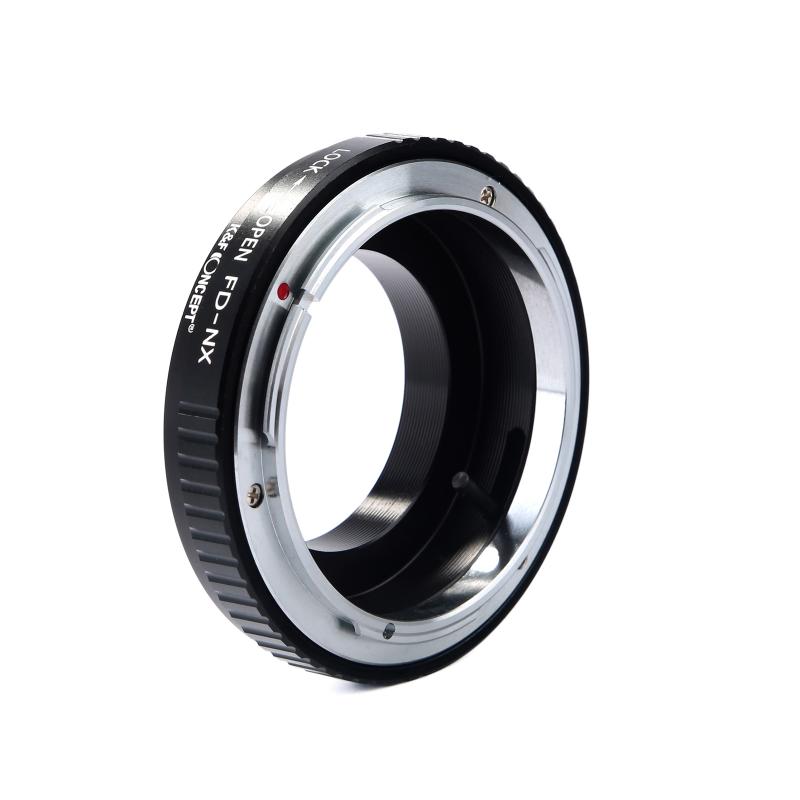
2、 Characteristics and Design of C Mount Lens
A C mount lens is a type of lens that is commonly used in the field of photography and videography. It is named after the C-shaped mount that is used to attach the lens to the camera body. C mount lenses were originally developed for 16mm film cameras but are now also used with digital cameras and CCTV systems.
The characteristics and design of C mount lenses make them versatile and suitable for a wide range of applications. They are typically compact and lightweight, making them ideal for portable and handheld shooting. C mount lenses also have a short flange focal distance, which allows for a wide range of lens options and adaptability to different camera systems.
One of the key features of C mount lenses is their interchangeable nature. This means that photographers and videographers can easily switch between different lenses to achieve different focal lengths and perspectives. This versatility allows for creative freedom and the ability to capture a variety of shots.
In terms of design, C mount lenses often have a fixed aperture and manual focus control. However, there are also C mount lenses available with electronic aperture control and autofocus capabilities. These advancements in technology have made C mount lenses more user-friendly and convenient for modern photographers and videographers.
In recent years, there has been a growing interest in using C mount lenses on mirrorless cameras. With the rise of mirrorless camera systems, adapters have been developed to allow C mount lenses to be used on these cameras. This has opened up new possibilities for photographers and videographers to experiment with different lens options and achieve unique visual effects.
Overall, the characteristics and design of C mount lenses make them a popular choice for photographers and videographers who value versatility, portability, and creative freedom.
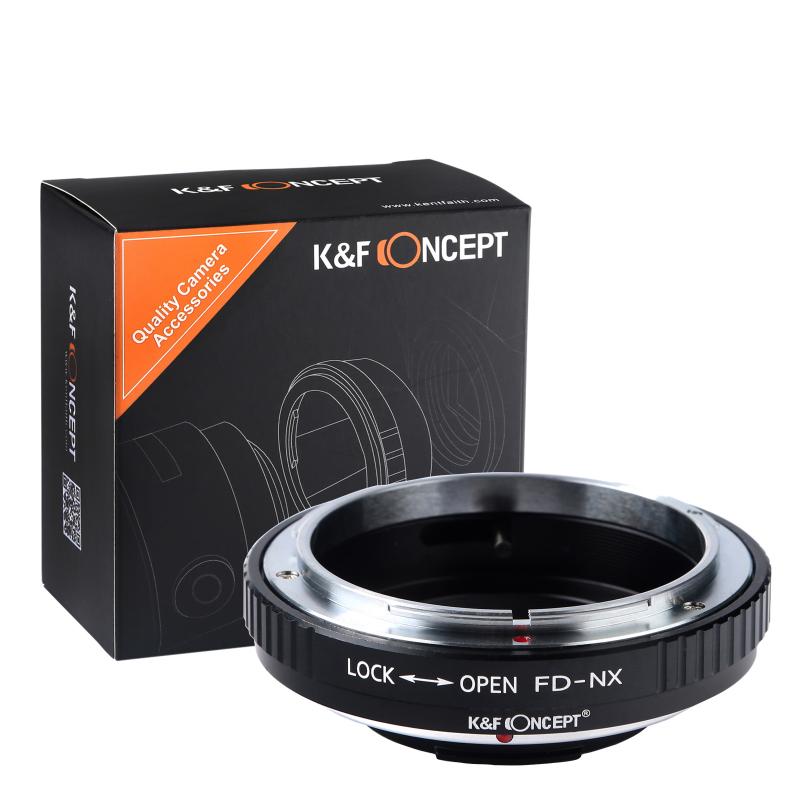
3、 Applications and Uses of C Mount Lens
A C mount lens is a type of lens that is commonly used in the field of photography and videography. It is named after the C-shaped mount that is used to attach the lens to the camera body. C mount lenses are known for their compact size and versatility, making them suitable for a wide range of applications.
One of the main applications of C mount lenses is in the field of industrial imaging. These lenses are often used in machine vision systems, where they are used to capture high-resolution images of products on assembly lines. C mount lenses are also commonly used in surveillance cameras, where their small size allows for discreet installation.
In addition to industrial imaging, C mount lenses are also popular in the field of cinematography. Many filmmakers prefer using C mount lenses due to their ability to capture high-quality images with a shallow depth of field. These lenses are often used in independent films and documentaries, where budget constraints may limit the use of more expensive lenses.
Furthermore, C mount lenses are also used in scientific and medical imaging applications. They are often used in microscopes and endoscopes, where they help capture detailed images of microscopic objects or internal body parts.
In recent years, there has been a growing trend of using C mount lenses with mirrorless cameras. Mirrorless cameras offer a smaller and lighter alternative to traditional DSLR cameras, and C mount lenses are well-suited for these compact camera bodies. This combination allows photographers and videographers to have a portable and versatile setup for various shooting situations.
Overall, the applications and uses of C mount lenses are diverse and continue to evolve with advancements in technology. From industrial imaging to cinematography and scientific applications, these lenses offer a compact and versatile solution for capturing high-quality images and videos.
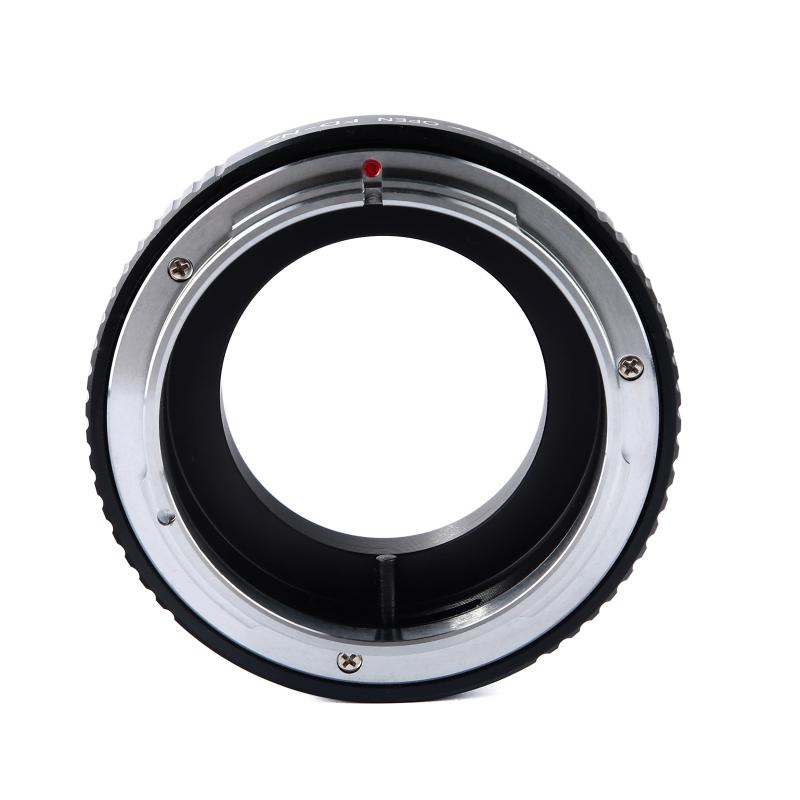
4、 Advantages and Limitations of C Mount Lens
A C mount lens is a type of lens mount commonly used in the field of photography and videography. It was initially developed for 16mm film cameras but has since been adapted for use in digital cameras and other imaging devices. The "C" in C mount stands for "cine," indicating its origins in the cinema industry.
A C mount lens is characterized by its 1-inch diameter and 32 threads per inch, which allows it to be easily attached and detached from the camera body. It is a versatile lens mount that can be used with a wide range of cameras, making it popular among professionals and enthusiasts alike.
Advantages of C mount lenses include their compact size and lightweight design, which makes them ideal for portable and handheld shooting. They also offer a wide range of focal lengths and aperture options, allowing for greater creative control over depth of field and image composition. Additionally, C mount lenses are often more affordable compared to other lens mounts, making them accessible to a wider range of users.
However, C mount lenses do have some limitations. One major limitation is their compatibility with larger image sensors. C mount lenses are designed for smaller sensors, so when used with larger sensors, there may be vignetting or reduced image quality. Additionally, C mount lenses typically do not have autofocus capabilities, requiring manual focus adjustments.
In recent years, there has been a decline in the use of C mount lenses due to the rise of other lens mounts, such as the Micro Four Thirds and E-mount systems. These newer mounts offer improved image quality, autofocus capabilities, and a wider range of lens options. However, C mount lenses still have their place in certain applications, particularly in the realm of vintage and experimental photography, where their unique characteristics can be creatively utilized.
